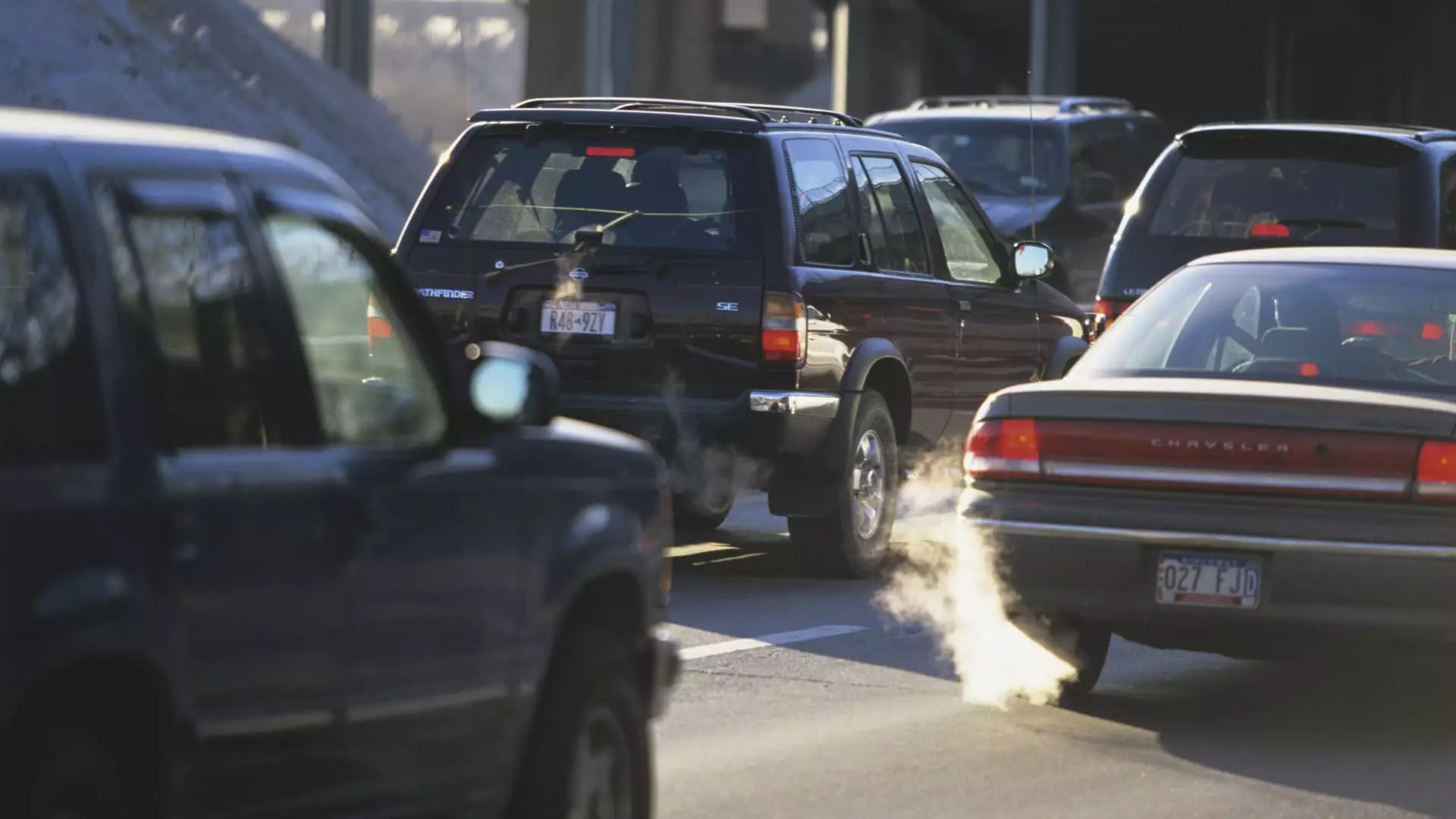New York City is set to introduce the first zone-based tolling program in the United States, starting in the spring of 2024. This program aims to increase the tolls drivers pay to enter certain areas of Manhattan below 60th street. While the final pricing is yet to be determined, experts suggest that the toll may range between $9 and $23 for personal vehicles entering or exiting the central business district. The program aims to generate revenue of up to $15 billion for the aging MTA system, with a significant portion going towards the 2020-24 Capital Program.
Janette Sadik-Khan, the former commissioner of New York City’s Department of Transportation, emphasizes that the zone-based tolling program is not meant to be anti-car but rather address the challenges of urban transportation. The initiative recognizes that driving should not be the only option but rather aims to encourage individuals to consider alternative modes of transportation. By reducing the reliance on personal cars, the city hopes to improve traffic flow and reduce congestion, ultimately creating a more efficient and sustainable transportation system.
One of the primary goals of the zone-based tolling program is to provide significant funding for the MTA’s Capital Program. This investment will support various infrastructure improvements, including the construction of four new Metro-North stations in the Bronx. Richard Davey, President of New York City’s Transit Authority, highlights the importance of investing in upgrades that may not be visible to the public, such as power, track, and signal improvements. Additionally, the MTA plans to accelerate its adoption of clean bus technology, with the introduction of hydrogen fuel cell buses expected in 2025. This move towards cleaner transportation will contribute to environmental sustainability in the city.
The implementation of zone-based tolling has been proven to have positive environmental impacts in other global cities. By reducing congestion and encouraging drivers to seek alternative modes of transportation, particulate matter emissions can be significantly reduced. Cities like London, Milan, Singapore, and Stockholm have experienced notable improvements in air quality as a result of similar initiatives. For example, London witnessed a nearly 20% reduction in particulate matter pollution, and Stockholm saw a 15% decrease, leading to a significant reduction in asthma cases.
Despite the potential benefits, the introduction of the zone-based tolling program may face challenges. Mollie Cohen D’Agostino, a researcher at the University of California, Davis campus, highlights the initial unpopularity of the tolling program in Stockholm. However, with time, these concerns were overcome, and the program was able to demonstrate its effectiveness. This example serves as a reminder that any significant transportation change may face resistance but can ultimately be successful with proper planning and implementation.
New York City’s zone-based tolling program represents a significant step towards addressing transportation challenges in a densely populated urban area. By encouraging alternative transportation methods and investing in public transit infrastructure, the program aims to improve traffic flow, reduce emissions, and create a more sustainable transportation system. While challenges and concerns may arise, it is crucial to focus on the long-term benefits and consider the experiences of other cities that have implemented similar tolling programs successfully.


Leave a Reply